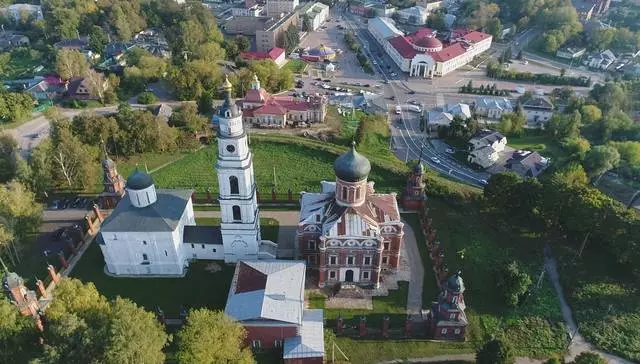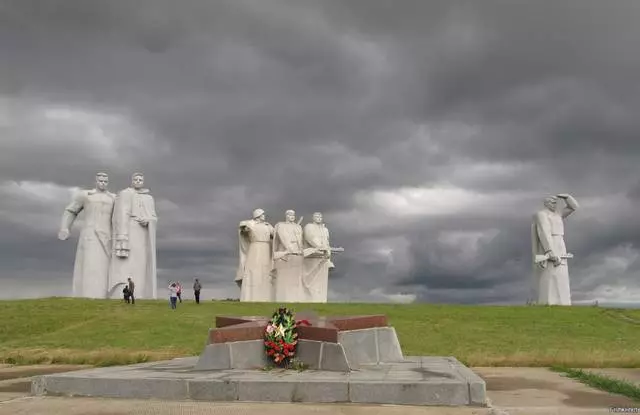Volokolamsk in a generally relatively small town, located not so far from Moscow in the north-west direction. For the first time, it was mentioned in the Lavrentiev chronicles in 1135, called the lame wolves, and later the city became a very important point in the trading path from Novgorod to the Moscow and Ryazan land.
And at least the ancient city of Volokolamsk was geographically closest to Moscow, he still survived many rulers from other places - Novgorod, Vladimir, Smolensk, who ruled them up to the very Lithuanian invasion, which was very successfully reflected by the soldiers of Volokolamsk.
The sad fact in the history of the city was the fact that he was driving many times - in the thirteenth century he was alternately captured by Khan Batuy, then Khan Tech. Also, Volokolamsk was strongly injured and during the Great Patriotic War, when the fascists approached Moscow, but still he defended the capital of his homeland and did not miss the enemy on. To date, Volokolamsk welcomes guests amazingly clean air, amazingly beautiful nature off the coast of the River Gorodina, which is the influx of Lama, and numerous ethno-festivals that regularly pass here.

The main attraction of the city - Volokolamsky Kremlin is an undoubted monument not only the emergence of the city, but also the courage of its inhabitants, who were forced three centuries from the moment of their formation were constantly defended from the raids of nomadic tribes. Nowadays, you can see those parts of defensive structures that were discovered during excavations - frequency and earthy mound of the twelfth century, protective moat on the southern side of the fourteenth century, and the remains of the stone facility of the sixteenth century. But Orthodox cathedrals - Nikolsky and Voskresensky, built on the Kremlin's territory at a later time, prevented quite well to the present day.
Next, it is necessary to look into the Volokolamsky Historical and Archaeological Museum, which is located at the address - Gorval House No. 1. In the very first exposition, you can learn about those settlements that were in these edges in the fourth millennium to our era. You will make sure that the city at this place arose thanks to the resettlement of the tribes of Cervic, Vyatichi and Novgorod Sloven. Then you will learn what role in the formation of the city was played by trade connections of the Moscow Principality with Western Europe, the Middle East, the Caucasus and Byzantium. You will see many household items and weapons relating to the long-time time.
In November 1941, the warriors of the Panfilov division stopped the offensive of the fascists on the approaches to Moscow. In essence, they remained to leave for only seven kilometers, but thanks to the courage of our soldiers, they could not do it. By the 30-year anniversary of the Great Victory in Volokolamsk, a memorial of memory heroes-Panfilovtsy, which symbolizes the line of the border of the defense of Moscow was opened. Six huge military figures are collective images of the defenders of our Motherland.

The church of the Nativity of the Blessed Virgin Mother of God is one of the most ancient monuments of Christian architecture in the western part of the Moscow region. It was built back in 1535. As it is not surprising, but even during the years of Soviet power, the temple was not closed, he remained in force. And only in the harsh years of the Great Patriotic War of worship in it was interrupted for several months.
In the vicinity of Volokolamsk, it is necessary to visit the village of Yaropolec, in which there are two vintage noble estates. The owner of one of them was allegedly the mother-in-law of the great Russian poet A.S. Pushkin - N.I. Goncharov. The second manor belonged to the Chernyshev family and even called "Russian Versailles" for the beauty and grace, but now, unfortunately, only the ruins remained from all of the oldest majesty.
However, you can independently examine the Pushkin room in the estate of the potted, the Kazan Church, which is opposite the Chernyshev's estate, the Catherine Church with beautiful chess gates and the tomb of the Ukrainian hetman Doroshenko, restored after its destruction.
